Remember when life seemed simpler and the world moved at a more reasonable pace? For those of us who grew up in the post-war boom years, there’s something special about reflecting on the cultural touchstones that shaped our generation. From the music that defined our youth to the technological marvels we witnessed unfold, these nostalgic memories connect us to a time when everything felt possible and the future seemed limitless.
1. The Magical Moment When Television Entered Our Homes
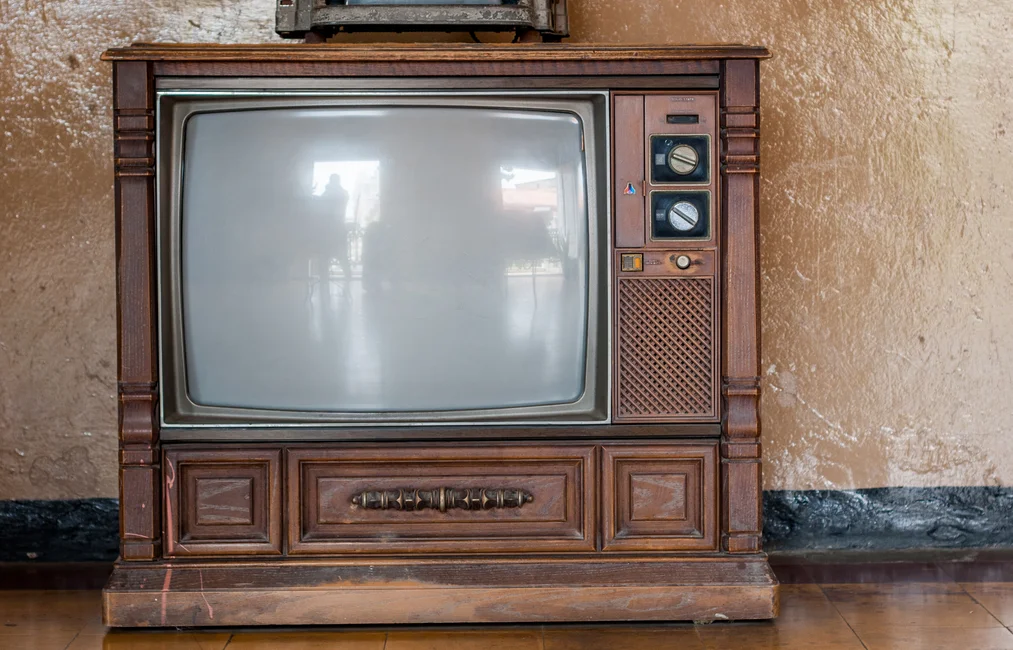
Television transformed American family life in the 1950s, with households gathering around small screens to witness history unfolding in their living rooms. Ed Sullivan introduced us to The Beatles while Walter Cronkite delivered the evening news with a trustworthiness that seems rare today. Remember the ritual of adjusting those rabbit ear antennas, giving them just the right twist to clear up the snowy picture on your black-and-white set? ThoughtCo puts into perspective how remarkable this moment was by exploring all the inventors whose work led to this.
The TV dinner accompanied this revolution, creating an entirely new way for families to dine while watching their favorite programs. TV Guide became essential reading, helping everyone plan their viewing schedule around unmissable shows like “I Love Lucy” and “The Twilight Zone.” Those nights when the whole neighborhood was watching the same program created a shared experience that brought communities together in ways that today’s streaming services simply cannot replicate.
2. The British Invasion That Changed Music Forever
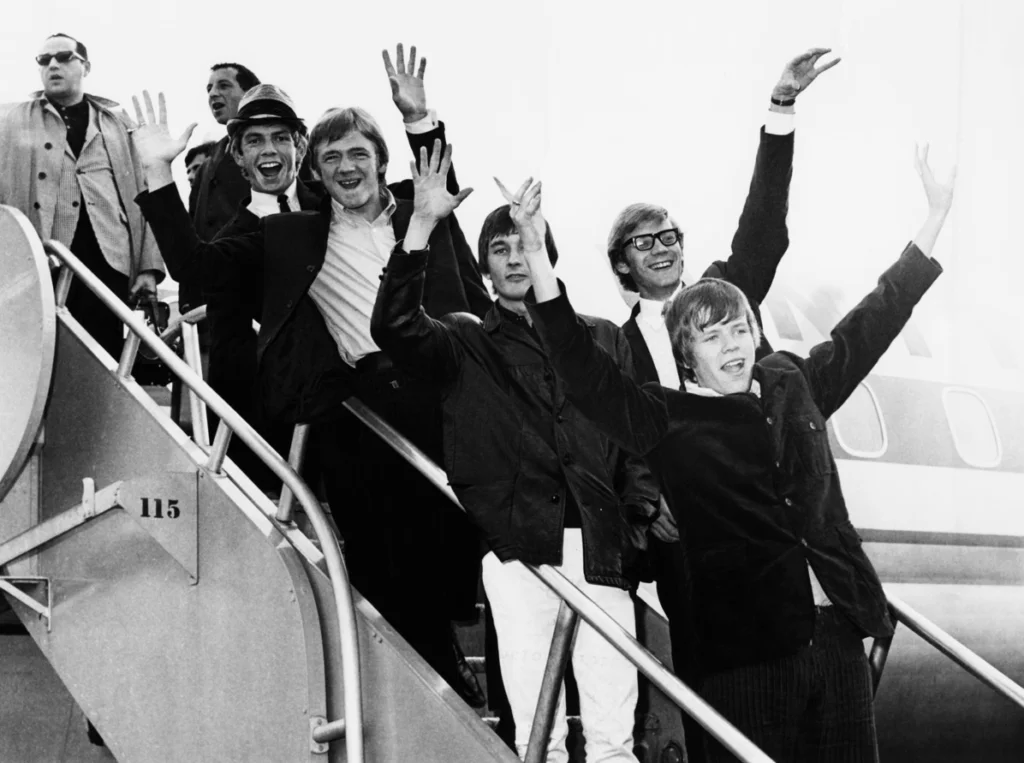
When The Beatles appeared on The Ed Sullivan Show in February 1964, the cultural landscape of America changed overnight as 73 million viewers tuned in to witness the phenomenon. Young people across the country suddenly wanted mop-top haircuts, while record stores couldn’t keep Beatles albums in stock as Beatlemania swept across the nation. The British Invasion continued with bands like The Rolling Stones, The Who, and The Kinks following in their wake, forever altering the sound of popular music. Rolling Stone outlines just how many exceptional bands we had to enjoy during this miraculous musical moment.
Parents didn’t understand the appeal, which of course made these bands even more attractive to their rebellious teenagers seeking an identity separate from the previous generation. The music brought with it fashion trends like mini-skirts, Carnaby Street styles, and Chelsea boots that helped define the look of the 1960s youth culture. Radio stations changed their formats to accommodate this new sound, with DJs becoming cultural gatekeepers who could make or break new artists with their programming decisions.
3. Drive-In Theaters Under Starlit Skies
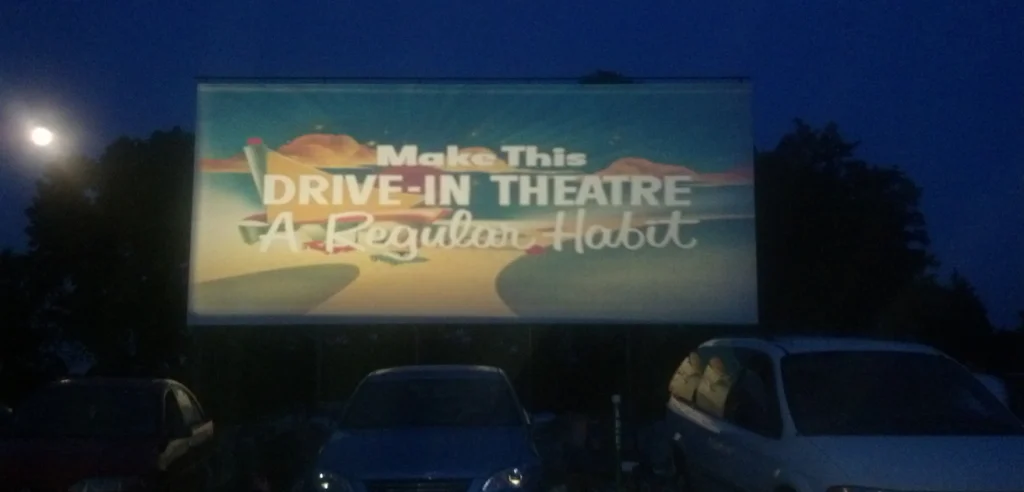
The drive-in theater represented the perfect combination of America’s love affairs with automobiles and movies, creating a unique entertainment experience that peaked during the boomer years. Families could pile into station wagons with pillows and blankets, while teenagers found privacy in backseats during date nights that parents cautiously permitted. The scratchy sound coming through those metal speakers hooked onto car windows might have been imperfect, but it added to the charm of the whole experience. PBS pulls up and parks at the history of when drive-ins started popping up around the country, including the very first.
The concession stand intermission advertisements featuring dancing hot dogs and soda cups remain oddly memorable decades later, prompting nostalgia for overpriced popcorn and boxed candy. Drive-ins showed everything from family-friendly fare to sci-fi B-movies that seemed more thrilling when viewed under a blanket of stars. The decline of these outdoor theaters in later decades represented the end of an innocent era, as multiplexes and eventually home video changed how Americans consumed movies forever.
4. Record Stores and the Joy of Album Shopping
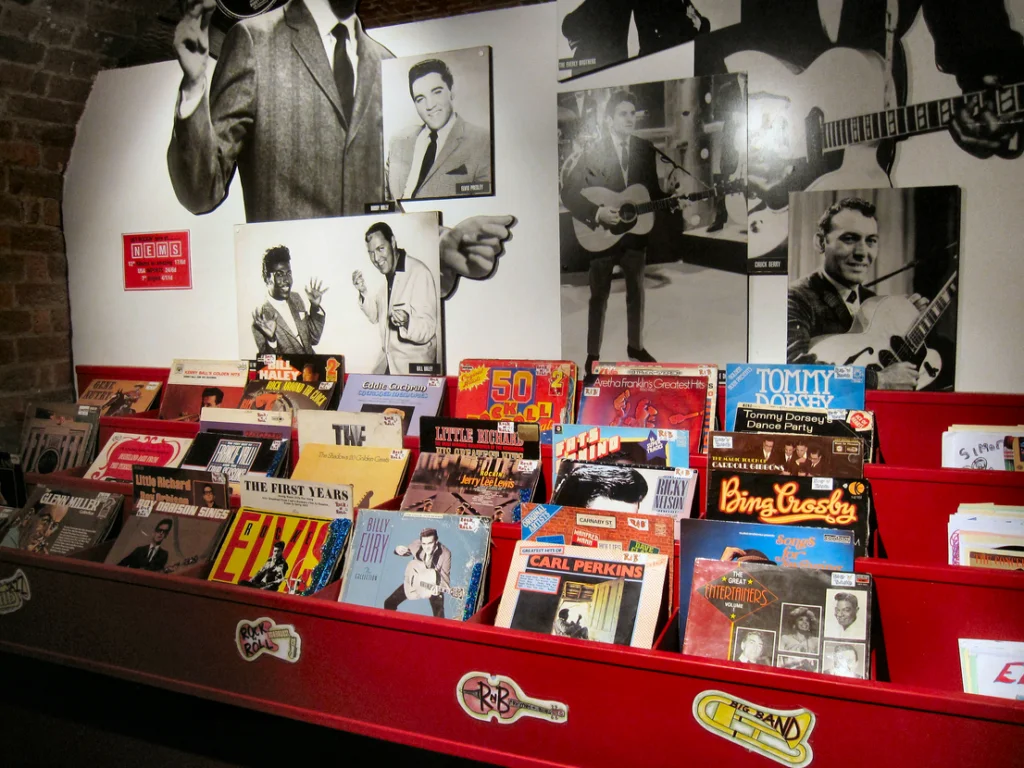
Before digital downloads and streaming services, buying music meant physically visiting a record store where you could spend hours flipping through album covers displayed in wooden bins. The experience engaged all senses – the distinct smell of vinyl, the satisfying weight of a new LP, and the visual feast of album artwork that often qualified as legitimate masterpieces. Bringing home a new record album was an event, with friends gathering to analyze lyrics printed on sleeves while the needle dropped on fresh vinyl.
Record store employees served as musical oracles, steering customers toward new bands and hidden gems based on conversations about your existing collection. Many boomers remember saving allowance money for weeks to purchase a special album, making the eventual acquisition all the sweeter for the anticipation. These shops became cultural hubs where like-minded music lovers could connect, debate merits of bands, and discover the soundtrack that would define their generation’s experience.
5. Saturday Morning Cartoons as Weekend Ritual
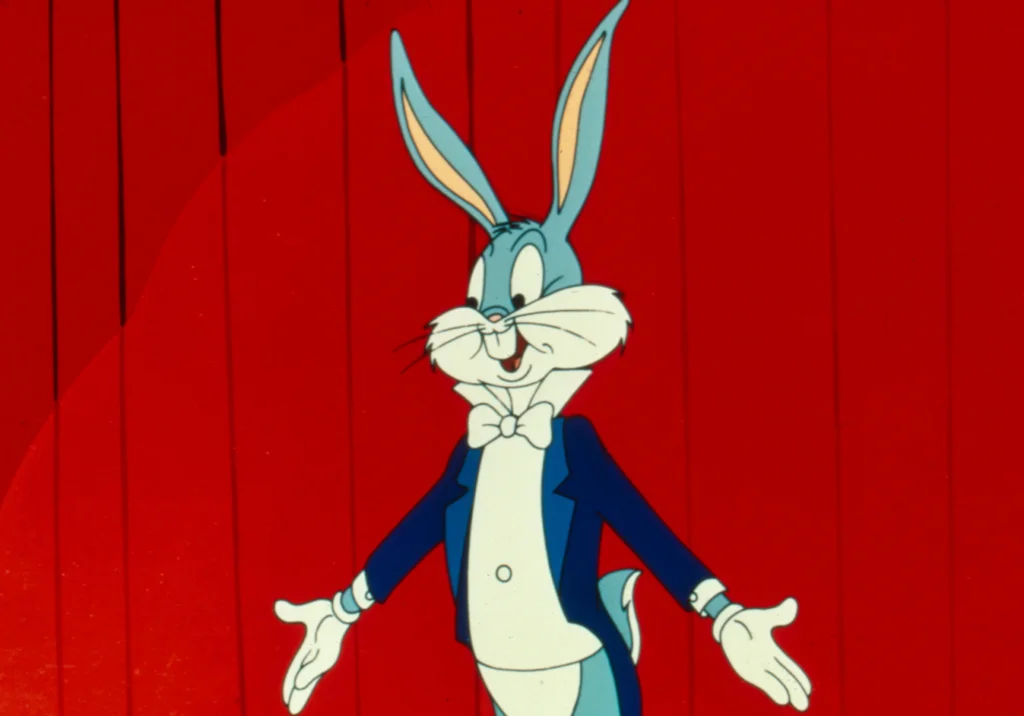
Saturday mornings meant one thing for boomer children – hours of cartoon programming that served as the week’s reward after five days of school. Parents could count on kids being occupied from dawn until nearly noon, giving them rare quiet time while children sat transfixed by animated adventures. Shows like “Looney Tunes,” “The Flintstones,” and “Scooby-Doo” became cultural touchstones that connected kids across the country in shared experience.
The commercial breaks featured sugary cereals with colorful mascots promising toys inside every box, creating brand loyalties that would last for decades. Children would plan their viewing schedules carefully, sometimes even waking before their parents to ensure they didn’t miss a single episode of their favorite shows. When cable television and VCRs eventually made cartoons available anytime, something magical was lost from this collective weekly ritual that had defined childhood for an entire generation.
6. The Space Race That Captivated a Nation
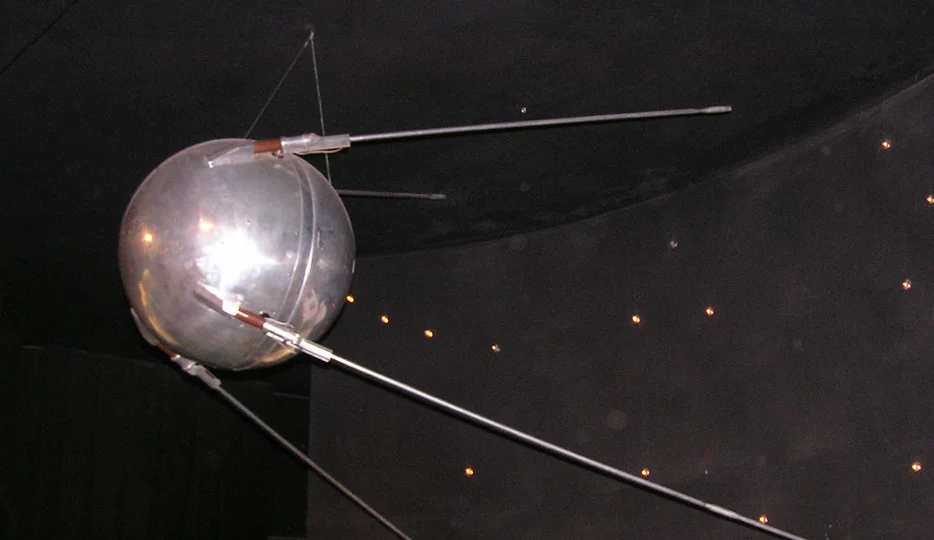
The launch of Sputnik in 1957 kicked off a space race between superpowers that would captivate American imagination and culminate with Neil Armstrong’s historic moonwalk in July 1969. Schools would wheel television sets into classrooms so students could witness rocket launches, while families gathered around TV sets to watch grainy footage of astronauts floating in space or bouncing on lunar surfaces. The phrase “one small step for man” became permanently etched in the consciousness of every American who witnessed that momentous broadcast.
Space exploration transformed from science fiction to reality during the boomer years, with astronauts becoming national heroes whose faces appeared on lunchboxes and magazine covers. Tang, freeze-dried ice cream, and other space program spinoffs made their way into everyday households, allowing families to feel connected to this grand adventure. The collective pride in American ingenuity and achievement during the Apollo missions created a sense of national unity rarely experienced before or since, temporarily transcending political and social divisions.
7. Diners With Jukeboxes and Endless Coffee Refills

The classic American diner with its chrome exterior, vinyl booths, and sassy waitresses pouring endless coffee refills represented a democratic eating establishment where everyone from teenagers to businesspeople to factory workers could feel comfortable. Jukeboxes at each table allowed patrons to select their own soundtrack for just a nickel, creating personalizable dining experiences long before customization became marketing buzzwords. The laminated menus featured comfort foods like meatloaf, burgers, and blue plate specials that promised hearty portions at reasonable prices.
Many boomers recall these establishments as neutral territory where they could escape parental supervision and socialize with friends over chocolate malts and french fries. The diner served as community gathering place where local news spread and relationships formed under fluorescent lighting and against backgrounds of clinking dishes. As fast food chains expanded across America, these independently owned establishments began disappearing, taking with them a unique slice of Americana that chain restaurants with their standardized environments could never truly replicate.
8. Rotary Phones and Party Lines

The heavy black rotary phone anchored to the wall represented the family’s connection to the outside world, with its satisfying circular dial movement and distinctive ring that could summon anyone to conversation. Many households shared “party lines” with neighbors, requiring telephone etiquette that included limiting call length and pretending not to eavesdrop when picking up the receiver. The phone cord only stretched so far, meaning private conversations often involved contorting oneself into closets or under stairwells to avoid family members overhearing teenage discussions.
Memorizing phone numbers was simply part of life, with many boomers still able to recall childhood friends’ numbers decades later despite rarely needing to dial them anymore. Calling long-distance remained an expensive luxury reserved for special occasions, with parents hovering nearby reminding children to “make it quick” as the minutes ticked by. When touch-tone phones eventually replaced rotary models, something tactile and mechanical was lost from the communication experience that smartphone users today can hardly imagine.
9. The Golden Age of Radio Drama and Comedy
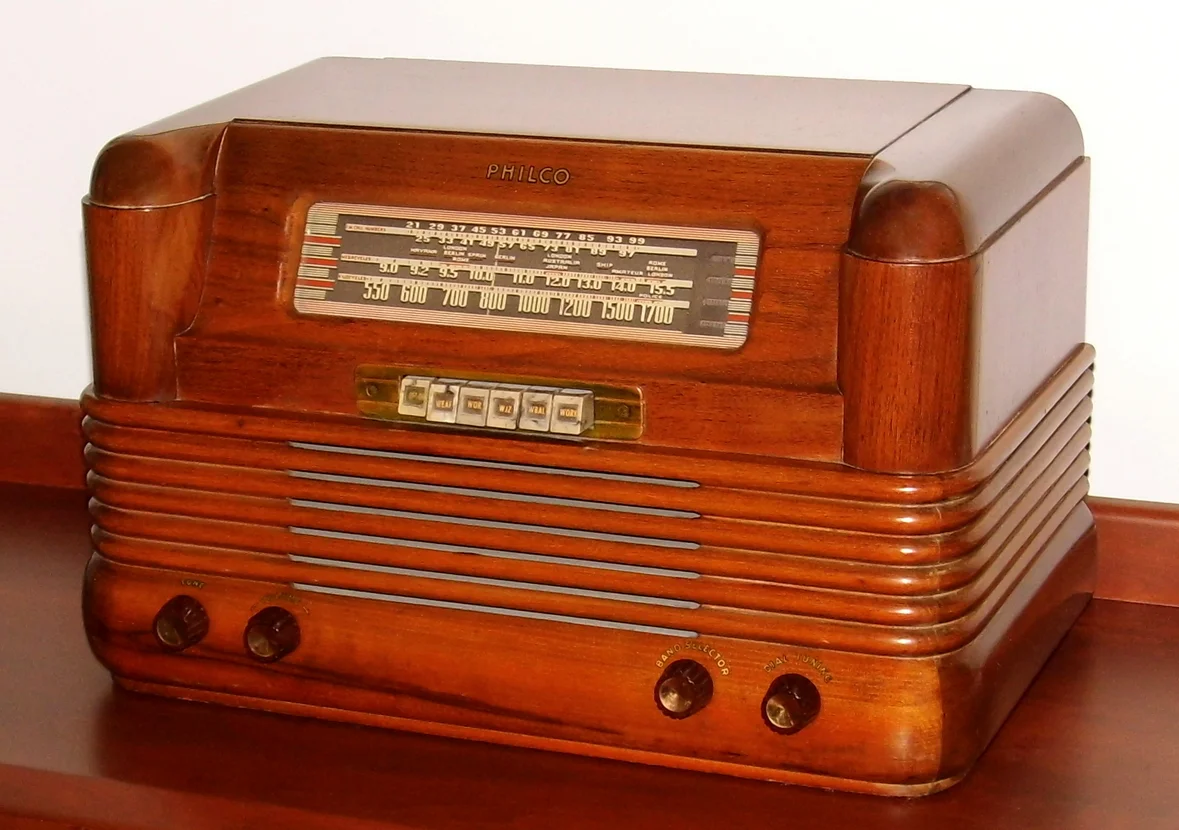
Before television dominated American entertainment, radio brought serialized dramas, comedy programs, and music into living rooms across the country, stimulating imagination in ways visual media never could. Families would gather around console radios to hear shows like “The Shadow,” “The Jack Benny Program,” or “Suspense” that created mental images far more vivid than any screen could provide. The distinctive voices of radio personalities became as familiar as family members, welcomed into homes on a regular schedule that structured evening entertainment.
Sound effects specialists using coconut shells for horse hooves or crumpled cellophane for fire created audio landscapes that listeners could visualize uniquely, making each listener’s experience personally meaningful. Many boomers recall lying on living room carpets, eyes closed, as radio programs transported them to different worlds limited only by imagination. When television eventually supplanted radio as the dominant entertainment medium, something intimate and personally creative was lost from the entertainment experience that many boomers still miss today.
10. Corner Drugstores With Soda Fountains
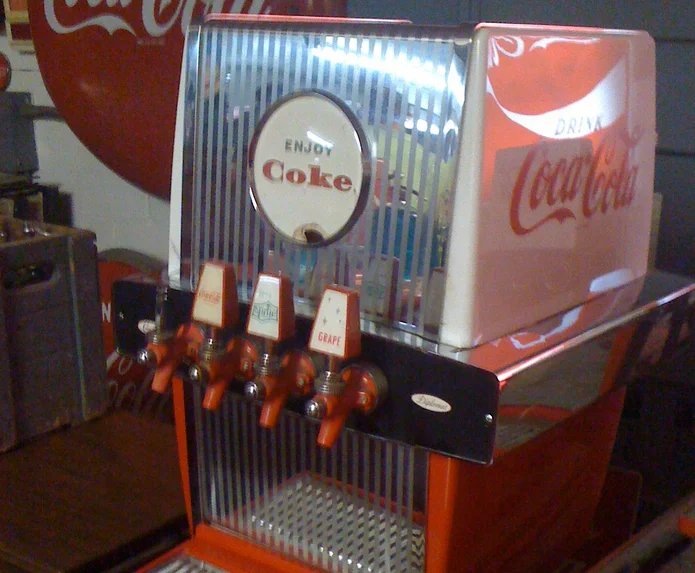
The neighborhood drugstore with its marble soda fountain counter, spinning stools, and bow-tied soda jerks mixing cherry Cokes and ice cream floats served as a community hub where generations mingled. Pharmacists knew customers by name, often dispensing medical advice along with prescriptions filled while patrons waited and browsed comic book racks or magazine stands. The penny candy display presented tough decisions for children clutching nickels, deliberating between wax bottles, candy cigarettes, or licorice whips while the pharmacist patiently waited.
These establishments combined healthcare, refreshment, and retail in ways that created natural community gathering spaces where neighborhood news exchanged alongside sundaes and phosphates. Many boomers recall first dates at these counters, sipping shared milkshakes through two straws while jukebox music played softly in the background. When chain pharmacies with self-service aisles and drive-through windows replaced these establishments, communities lost more than convenient shopping spots – they lost essential social spaces that had helped neighbors connect across generational lines.
11. The Arrival of Rock and Roll Legends
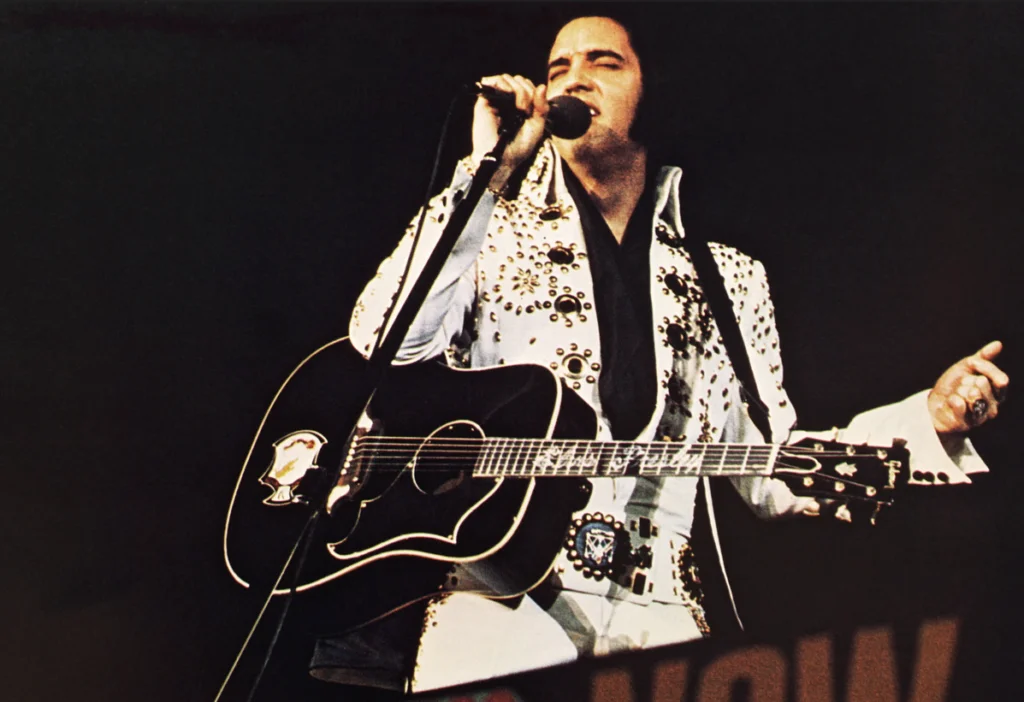
When Elvis Presley appeared on television with his provocative hip movements and rebellious sound, parents worried while teenagers fell in love with a new musical expression that seemed made exclusively for them. Artists like Chuck Berry, Little Richard, and Jerry Lee Lewis created a soundtrack for youth rebellion that challenged social norms and racial barriers through infectious beats and suggestive lyrics. The generation gap widened as parents condemned music that seemed designed to undermine authority while teenagers claimed this cultural phenomenon as uniquely their own.
Record hops and school dances became showcases for new dance moves like the twist, the mashed potato, and the stroll that pushed boundaries of acceptable physical expression. Songs addressing teenage experiences and emotions spoke directly to young boomers navigating the complexities of adolescence in rapidly changing social landscapes. Rock and roll’s evolution throughout the boomer years paralleled the generation’s journey from youth to adulthood, with artists like Bob Dylan eventually transforming simple dance music into profound cultural commentary that addressed war, civil rights, and social revolution.
12. Family Road Trips Before Interstate Highways
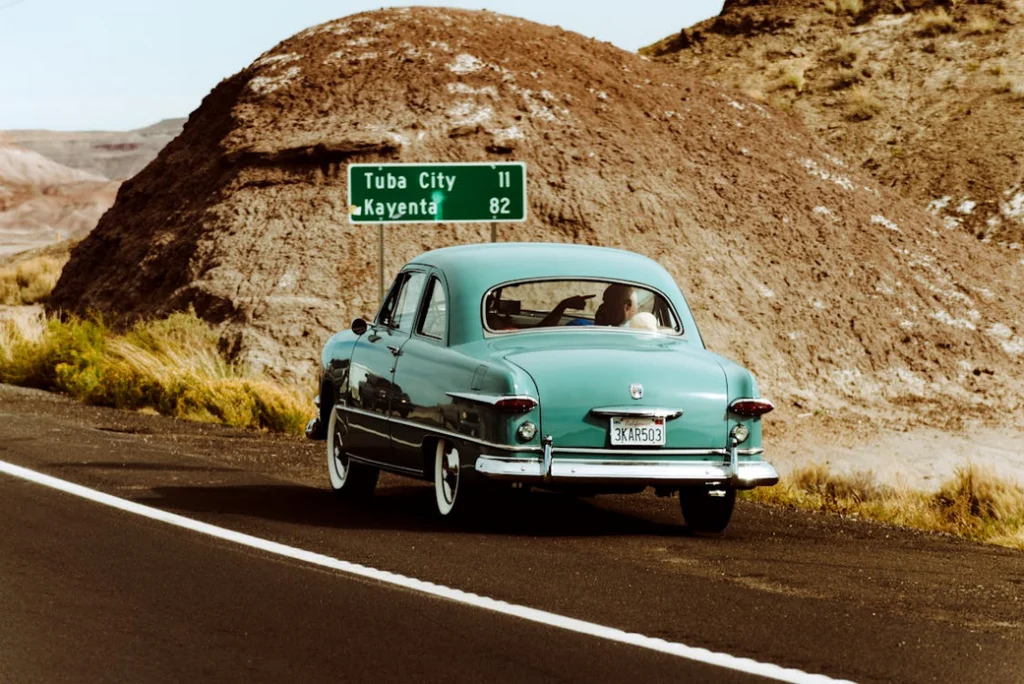
Before interstate highways streamlined American travel, family vacations meant journeys along winding two-lane roads that passed through small towns rather than bypassing them. Station wagons packed with suitcases, siblings, and picnic coolers embarked on adventures where getting there truly was half the experience, with Burma-Shave signs providing roadside entertainment through their sequential rhyming messages. Motor courts and independent roadside motels with distinctive neon signs and kidney-shaped pools offered overnight accommodations that felt exciting compared to familiar bedrooms back home.
Children occupied themselves with travel games like license plate bingo or I-Spy rather than watching movies on backseat screens, creating shared family experiences despite occasional complaints about siblings crossing invisible territorial boundaries. Roadside attractions like the world’s largest ball of twine or mystery spots with optical illusions provided memorable stopping points that broke up long drives with moments of wonder or absurdity. Modern GPS navigation and homogenized hotel chains have streamlined travel while simultaneously removing the element of discovery that made those early family road trips so memorable for boomer children.
13. The Arrival of Color Television
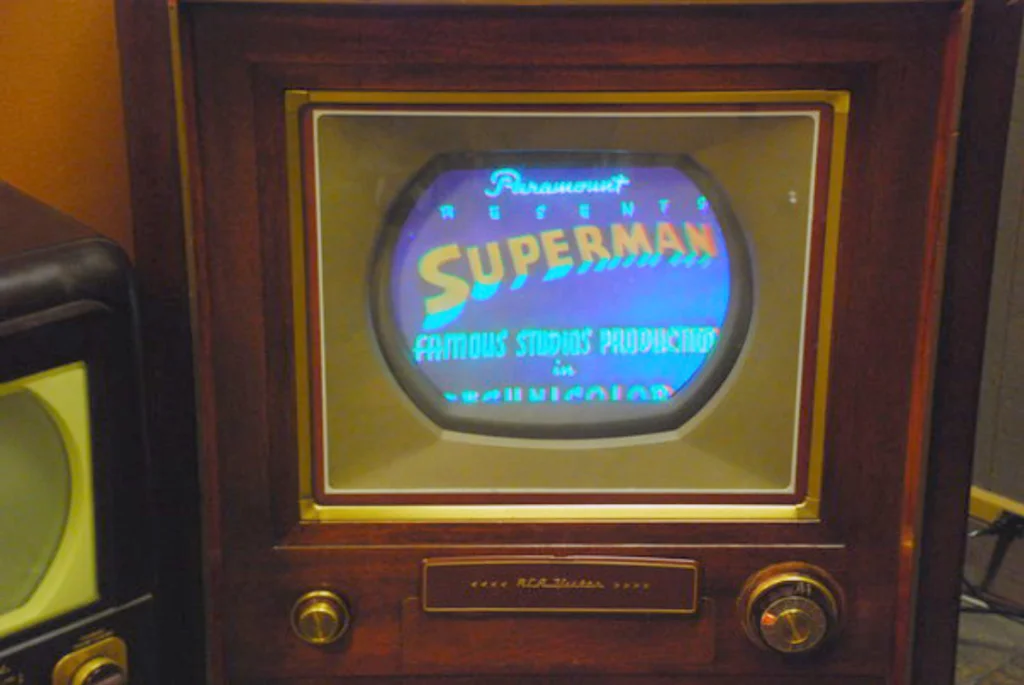
When color television technology became affordable enough for average households in the mid-1960s, watching “The Wonderful World of Disney” in vibrant color instead of black and white felt like witnessing magic in your living room. Families who purchased early color sets often found neighbors dropping by on premiere nights of popular shows, turning television viewing into community events centered around technological marvel. The NBC peacock logo spreading its colorful feathers became an iconic symbol announcing that viewers were about to experience something special that previous generations could never have imagined.
Technical adjustments became part of the viewing ritual, with dads constantly fine-tuning color knobs to get flesh tones just right, often resulting in people appearing slightly green or purple until perfected. Programs specifically designed to showcase the new technology emerged, with variety shows featuring brightly colored sets and costumes that would have been wasted on black and white broadcasts. The gradual transition to color broadcasting paralleled the boomer generation’s movement from the more conservative black-and-white 1950s into the technicolor cultural explosion of the 1960s and 70s.
The things that defined the boomer generation’s formative years may now exist primarily in museums and nostalgic retrospectives, but their impact continues to resonate through American culture. Today’s technology offers convenience and connectivity that would have seemed impossible during the rabbit-ear antenna days, yet something intangible was lost when progress swept away these shared experiences. Perhaps what we’re really nostalgic for isn’t just the objects and cultural phenomena themselves, but the sense of collective experience they created – a world where entire generations could reference the same touchstones because they’d lived through them together.


